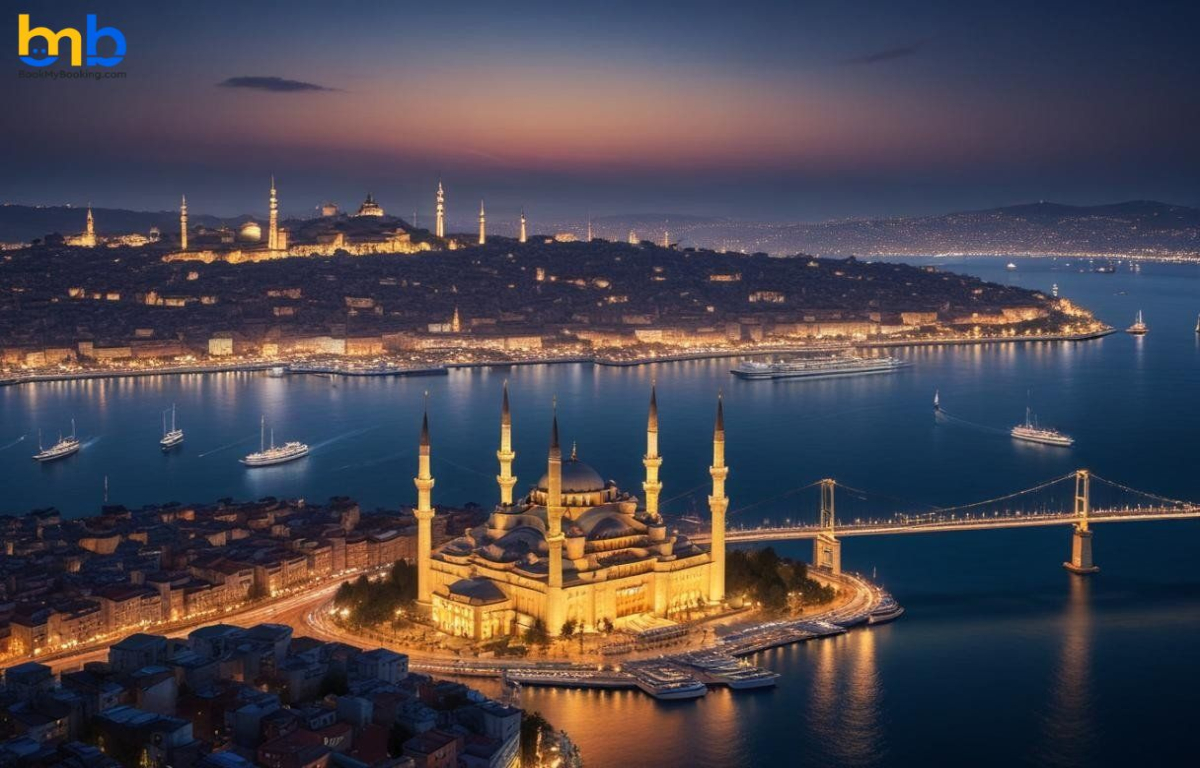The historic Lala Hayrettin Mosque, previously known as Chalkoprateia Church, has served as a mosque since Istanbul's conquest and invites local and international travellers with its over 1600-year-old history.
Following its restoration, President Recep Tayyip Erdogan officially reopened the building in May during a ceremony organized by the General Directorate of Foundations. Speaking to Anadolu Agency about the structure in Istanbul's Sultanahmet, Archaeologist Murat Sav mentioned that the building had been used as a mosque since the late 15th century following the Istabuls conquest. Sav noted that much of the mosque had collapsed due to a devastating earthquake in the early 20th century, leaving it in ruins until recent restoration efforts. He highlighted excavations conducted on-site in the 1960s, which revealed details about both its Byzantine and Ottoman era identities, leading to various reconstruction projects. Approximately a decade and a half ago, plans were set in motion for the restoration, eventually funded through sponsorship.
Originally constructed as a grand basilica in the Byzantine era, the interior spanned 30 meters. The current mosque preserves a basilica section known as the apse and bema that houses a crypt for safeguarding sacred relics. As per Sav, the structure's origins date back to the fifth century. "In the Byzantine period, just a sin the Ottoman period, significant projects were undertaken by prominent empresses or those closely associated with the palace," said Sav, attributing the church's construction to Pulcheria, among others. Sav explained that shortly after being built as a basilica, a massive fire in Constantinople in 475 severely damaged the structure. Despite subsequent reconstruction efforts in the 6th century, the church endured further damage in the 9th century, resulting in the addition of a dome in the place of its pitched roof. Subsequently, earthquakes and fires in the 12th century led to the creation of three smaller chapels on site. The archaeologist pointed out that a portion of the basilica's circular plan remains intact beneath a nearby hotel today featuring partially preserved frescoes dating back to the fifth and sixth centuries. Highlighting its prominence as a sacred site in Byzantine history, dedicated to Mary, Sav noted, "Several relics including a belt believed to belong to Mary, brought from Jerusalem in the fifth century are safeguarded here attributed to the miracles associated with it." Sav concluded by emphasizing the role of the mosque as a patriarchal church for five years during the construction of Hagia Sophia from 532 to 537, underscoring its importance within the Byzantine architectural church for five years during the construction of Hagia Sophia from 532 to 537 underscoring its relevance within the Byzantine architectural complex.
Due to the building's dilapidated state during the Ottoman era, only the apse section was converted into a mosque. In the 18th century, the Zeynep Sultan Mosque was erected nearby, and a street passed between it and the recent mosque structure. Today, fragments of the basilica's walls and footings and its northern nave are visible in the street facade. Current restoration efforts revealed original basilica flooring and uncovered a well in the courtyard. Sav mentioned that while the church's frescoes and decorations were majorly lost to fires, some details were recovered from the mihrab area. "In preserving and displaying findings from Byzantine and Ottoman periods, modern restoration techniques blend seamlessly with local practices," Sav concluded.
#turkiye #news #latestnews #byzantine #ottoman #ancientruins #istanbulmosque



